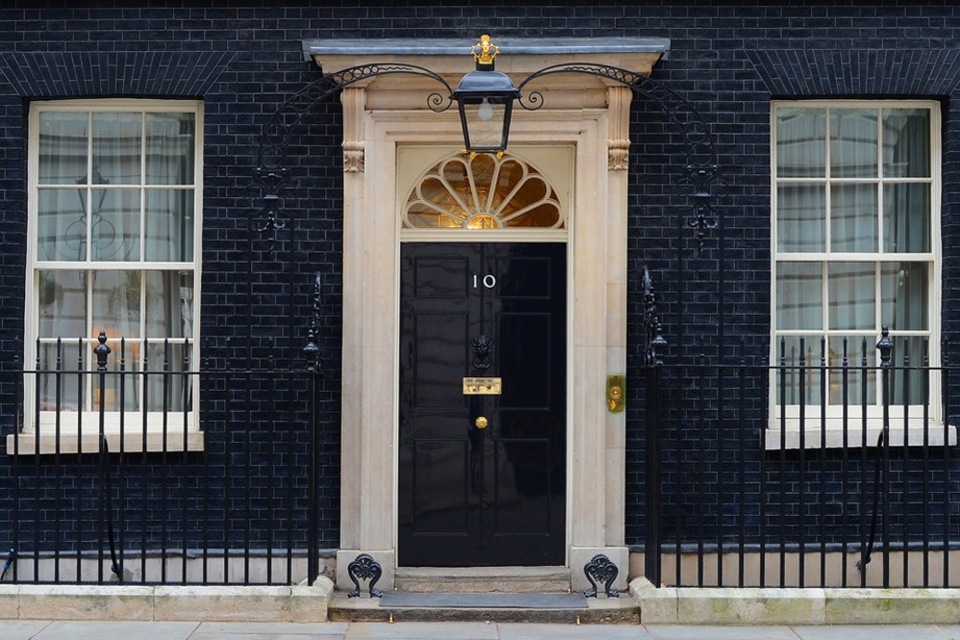What's On
Thank you, Mr Chair. I would like to offer a…
Going Out
| Updated: Share Facebook Share on Facebook X Share on…
Reviews
Asda has appointed Morrisons Marketing Director Rachel Ery’s new customer…
Latest Articles
Letter to the Chief Executive outlining the Secretary of State’s intervention package at Spelthorne Borough Council.
It’s great to be here in Blackpool. Paddy (Lillis), you stood in the tradition of the greatest leaders…
The Lord Chancellor has approved the appointment of: Professor Solene Rowan as the Law Commissioner for Commercial &…
Foreign Secretary statement 7th May 2025
New study shows tags monitoring curfews cut reoffending by 20% Top tech experts assemble to address criminal justice…
Viridor Tees Valley Ltd applied for an environmental permit to operate an Energy Recovery Facility incinerating non-hazardous waste…
Analysis from organisations like the Open Source Centre has become even more vital in the wake of the…
The Charity Commission has opened a statutory inquiry into CG Community Council.
In Spotlight
UK Government today launches a public online exhibition showcasing the…





































